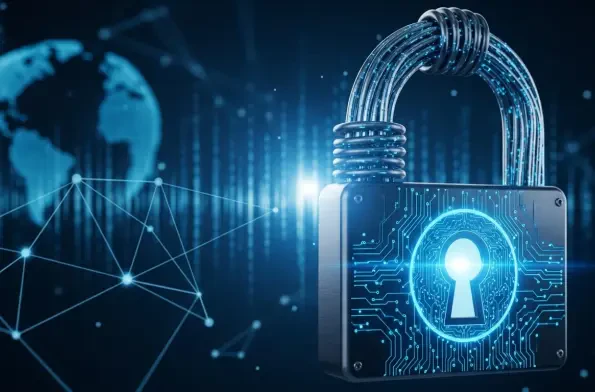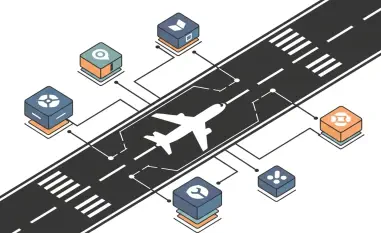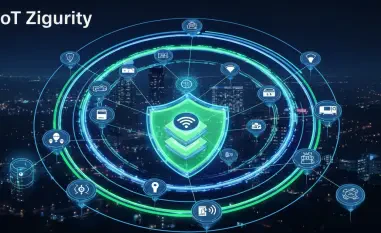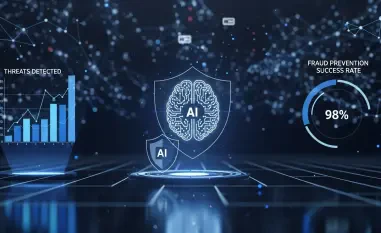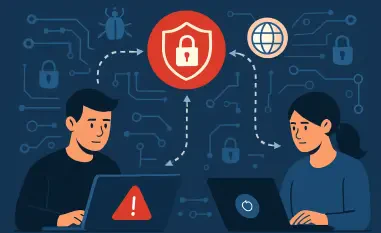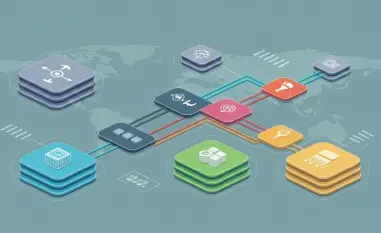Setting the Stage for Cybersecurity Challenges
In an era where digital threats loom large over public institutions, a staggering statistic reveals that over 60% of government agencies have faced at least one significant cyberattack in the past two years, often disrupting critical services from public safety to healthcare. These incidents expose sensitive data and erode public trust, putting the public sector, tasked with safeguarding communities, at a crossroads as it grapples with sophisticated adversaries while constrained by limited resources and complex regulatory demands. The pressing scenario underscores the urgent need for robust cybersecurity strategies tailored to the unique needs of government entities. As technology continues to reshape how services are delivered, the stakes for protecting digital infrastructure have never been higher. Public-sector organizations must navigate an intricate web of challenges to ensure continuity and security in an increasingly hostile digital landscape.
Understanding the Public-Sector Cybersecurity Landscape
The public sector plays a pivotal role in maintaining societal functions, overseeing domains such as public safety, justice, healthcare, transportation, and utilities. These areas are increasingly reliant on digital systems, making them prime targets for cyberattacks that can disrupt operations or compromise sensitive information. From ransomware halting emergency response systems to data breaches exposing citizen records, the consequences of inadequate security are profound and far-reaching.
Key stakeholders, including government agencies and contracted service providers, face a barrage of evolving threats like phishing, malware, and insider risks. Technology advancements, while beneficial, often introduce new vulnerabilities, as seen with the rapid adoption of cloud services and remote work tools. These innovations demand updated security practices to keep pace with sophisticated attack methods that exploit gaps in outdated systems.
Compliance with regulations adds another layer of complexity, as public entities must adhere to strict mandates while often operating under tight budget constraints. Unlike private enterprises, many of these organizations lack the funds or personnel to implement comprehensive defenses, highlighting a critical gap. This resource scarcity amplifies the importance of strategic solutions that maximize impact without straining limited means.
MCP’s GRC Framework: A Tailored Solution
Key Features and Strategic Approach
Mission Critical Partners has introduced a Governance, Risk, and Compliance (GRC) framework specifically designed to address the cybersecurity needs of public-sector organizations. This solution integrates governance policies, risk management protocols, and compliance adherence into a cohesive model. By aligning these elements, the framework ensures that security measures are not only reactive but also strategically planned to prevent incidents before they occur.
A standout feature of this approach is its proactive stance, emphasizing continuous monitoring and regular policy updates. Rather than merely responding to breaches, the framework builds long-term resilience by identifying potential vulnerabilities and addressing them systematically. This shift toward prevention helps public entities stay ahead of threats in a dynamic digital environment.
Additionally, the framework’s tool-agnostic and customizable design allows it to adapt to diverse organizational structures and existing systems. Whether a small local agency or a large state department, entities can tailor the solution to fit specific needs without overhauling current infrastructure. Such flexibility ensures that security enhancements are both practical and sustainable across varied contexts.
Early Impact and Measurable Outcomes
Initial feedback from pilot implementations of the GRC framework paints a promising picture for public-sector cybersecurity. Organizations report significant improvements in cybersecurity maturity scores, indicating a stronger overall posture against digital threats. Reduced risk exposure has also been a key outcome, with fewer incidents threatening operational continuity.
Beyond risk reduction, pilot programs have shown a decline in noncompliance penalties, a critical metric for entities bound by stringent regulations. Streamlined investments in security tools and personnel further demonstrate the framework’s efficiency, allowing agencies to allocate resources more effectively. These tangible benefits highlight the solution’s ability to deliver results under real-world conditions.
Confidence in managing regulatory changes has also risen among early adopters. The framework’s structured approach to compliance helps organizations navigate complex mandates with greater ease, positioning it as a practical tool for addressing immediate and long-term challenges. Such outcomes suggest a transformative potential for broader adoption across the sector.
Challenges in Public-Sector Cybersecurity and Compliance
Public-sector entities face a multitude of hurdles in securing their digital environments, with limited budgets often topping the list. Financial constraints restrict the ability to invest in cutting-edge technologies or hire specialized staff, leaving many organizations vulnerable to sophisticated threats. This funding shortfall creates a persistent barrier to achieving comprehensive protection.
The increasing complexity of cyber threats compounds these difficulties, as attackers employ advanced tactics that outpace traditional defenses. Fragmented approaches to governance, risk, and compliance further exacerbate the issue, with disjointed efforts leading to inefficiencies and overlooked vulnerabilities. Without a unified strategy, agencies struggle to maintain a consistent security posture.
Technological challenges, such as integrating legacy systems with modern solutions, add to the burden, often requiring costly upgrades or workarounds. A shortage of skilled personnel also hampers progress, as the demand for cybersecurity expertise far exceeds supply. Solutions like the newly launched framework offer a pathway to overcome silos, optimize existing resources, and bolster defenses through integrated methodologies.
Navigating the Regulatory Environment
The regulatory landscape for public-sector cybersecurity is intricate, shaped by standards such as the Criminal Justice Information Services (CJIS) policies, National Institute of Standards and Technology (NIST) guidelines, and the Health Insurance Portability and Accountability Act (HIPAA). Compliance with these mandates is non-negotiable, as failure can result in severe penalties and damage to public trust. Staying aligned with such requirements is a constant priority for government bodies.
Keeping up with evolving regulations poses a significant challenge, as updates often outpace an organization’s ability to adapt. The burden of audits and reporting can strain already limited resources, diverting attention from core security tasks. Public entities must balance these obligations while ensuring that service delivery remains uninterrupted.
The GRC framework embeds compliance into daily operations, alleviating the stress of regulatory adherence. By automating key processes and providing clear guidelines, it reduces audit-related workloads and prepares organizations for upcoming changes in mandates. This integrated approach fosters a culture of accountability, ensuring that compliance becomes a seamless part of organizational strategy.
The Future of Cybersecurity in the Public Sector
Emerging trends point to a rapidly evolving cybersecurity landscape for public entities, with advanced threats like ransomware and deepfake technology posing new risks. The adoption of innovative tools, such as AI-driven security systems, offers potential for enhanced threat detection but also introduces complexities in implementation and oversight. Staying abreast of these developments is essential for maintaining robust defenses.
Budget constraints remain a looming disruptor, potentially limiting the sector’s ability to invest in necessary upgrades over the coming years. Global cybersecurity incidents, often targeting critical infrastructure, could further strain resources and necessitate rapid response capabilities. These factors underscore the need for scalable and efficient solutions to safeguard public services.
Innovative frameworks, such as the one introduced by Mission Critical Partners, play a vital role in fostering resilience and driving efficiency. By addressing current gaps and anticipating future challenges, such solutions prepare organizations for growth and adaptability. Their focus on integration and strategic planning positions the public sector to tackle upcoming obstacles with confidence.
Reflecting on Findings and Next Steps
Looking back, the exploration of public-sector cybersecurity revealed a landscape fraught with challenges, from escalating digital threats to persistent resource limitations. The introduction of a tailored GRC framework marked a significant step in addressing these issues, offering a unified approach to governance, risk, and compliance. Its early successes in pilot programs demonstrated a capacity to strengthen security and streamline operations.
Moving forward, public entities should prioritize the adoption of integrated solutions that align with their specific operational needs. Collaborating with industry experts to customize frameworks can maximize impact, ensuring that security measures evolve alongside threats and regulations. Investing in training programs to build internal expertise will also be crucial for sustained progress.
As the digital environment continues to shift, proactive planning must guide the sector’s approach to cybersecurity. Embracing scalable tools and fostering inter-agency partnerships can enhance collective resilience against emerging risks. By taking these actionable steps, public organizations can build a fortified foundation, ready to meet the demands of an unpredictable future.
